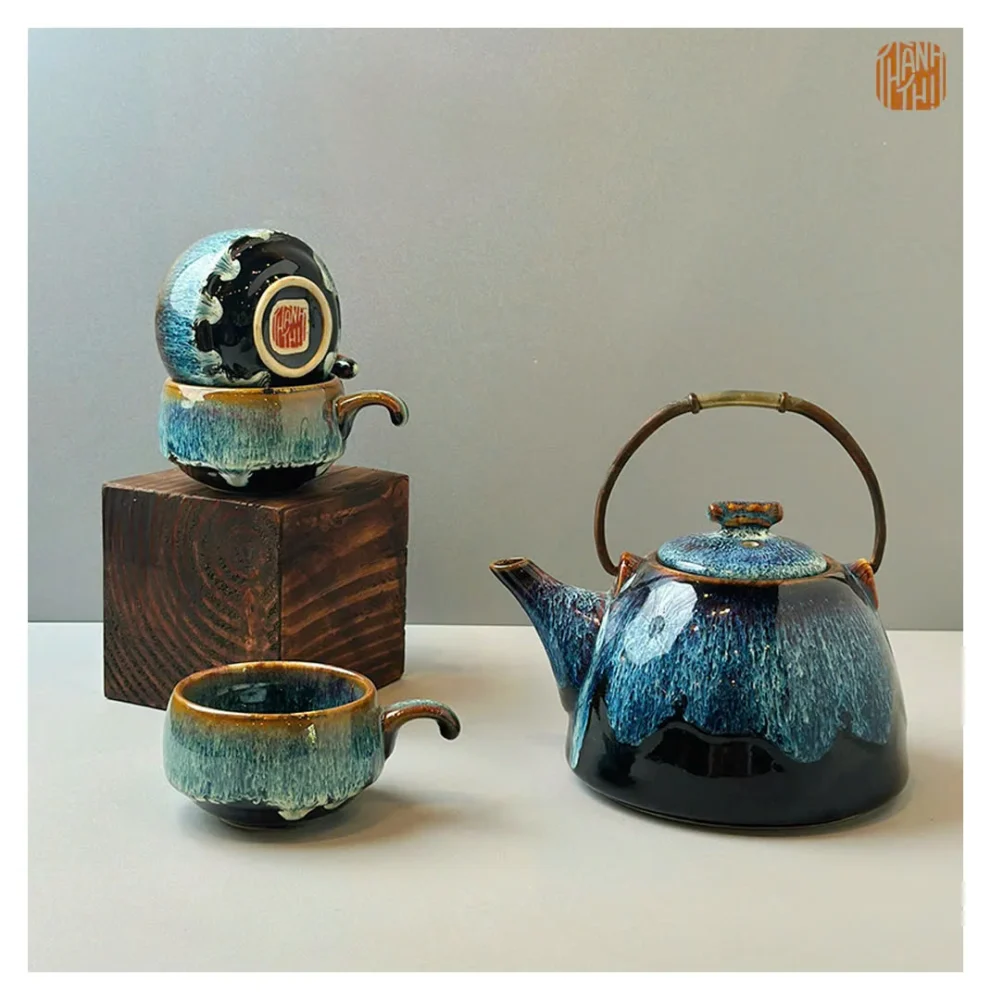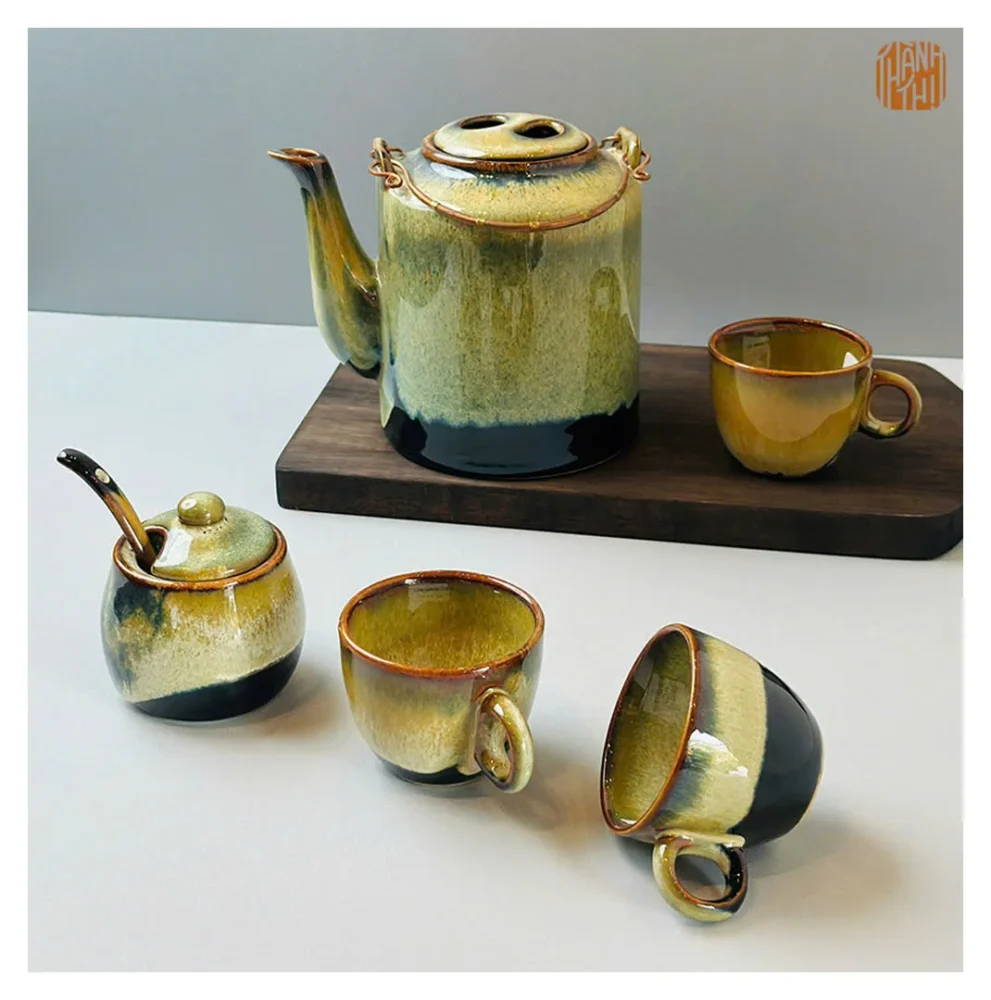Ceramic Handicraft Items vs. Industrial Ceramics
In today’s world, where sustainability and mindful consumption are becoming essential values, the choice between ceramic handicraft items and industrial ceramics is more than just a matter of aesthetics. It involves deeper concerns around quality, artistic value, environmental impact, and cultural significance. So, which one should you choose for a sustainable and meaningful lifestyle? Let’s explore the differences.
1. Quality and Durability

Ceramic Handicraft Items:
Each handmade ceramic piece is carefully crafted, often with high-quality clay and meticulous attention to detail. Artisans invest time and care in every stage—shaping, glazing, and firing—resulting in durable products with unique textures and strength.
Industrial Ceramics:
Mass-produced ceramics are made for efficiency. While they may meet basic durability standards, they often sacrifice material quality for speed and scale. In many cases, they are less resistant to chipping or cracking over time.
✅ Verdict: Handmade ceramics tend to have better long-term durability and are often made with higher-grade materials.
2. Artistic and Cultural Value

Ceramic Handicraft Items:
Every piece is a reflection of the artisan’s soul, skills, and cultural heritage. These items are not just functional—they are pieces of art, each with its own story and character. The imperfections in shape or glaze are part of their beauty and authenticity.
Industrial Ceramics:
These are typically uniform, machine-made items with little to no artistic input. While functional and cost-effective, they lack the emotional or cultural connection that handmade items evoke.
✅ Verdict: For those who value art, storytelling, and cultural depth, ceramic handicraft items are the clear choice.
3. Environmental Impact

Ceramic Handicraft Items:
Handmade ceramics are usually produced in small batches, using less energy-intensive processes. Many artisans prioritize sustainable materials and reduce waste in production.
Industrial Ceramics:
Mass production often involves high emissions, energy consumption, and larger environmental footprints. Many factory-made ceramics rely on synthetic glazes and generate more industrial waste.
✅ Verdict: Ceramic handicraft items are typically more eco-friendly, especially when sourced from responsible makers.
4. Economic and Ethical Considerations

Ceramic Handicraft Items:
By purchasing handmade ceramics, you’re directly supporting local artisans and traditional crafts. This helps preserve heritage and promote fair, small-scale economies.
Industrial Ceramics:
These are usually made by large corporations, often in low-wage countries under factory conditions. The profits rarely benefit individual workers or communities.
✅ Verdict: Choosing handcrafted ceramics supports ethical labor and sustainable local economies.
Final Thoughts: Choose with Purpose
While industrial ceramics may offer affordability and uniformity, ceramic handicraft items offer something far more meaningful—authenticity, sustainability, and soul. If you’re curating a living space that reflects care for the environment, appreciation for craftsmanship, and a love for beauty, then handcrafted ceramics are undoubtedly the better choice.
👉 Start your journey today at ThanhThipottery.com – where clay meets culture, and tradition lives on.
📍 Visit Us At:
-
Thành Thị Pottery: 193 Lý Thường Kiệt, Hội An, Vietnam
-
Tám Kim Ceramics: 32 Bạch Đằng, Hội An, Vietnam
📞 Hotline/Zalo/WhatsApp: +84 934 745 745
📧 Email: thanhthi.potteryvn@gmail.com
🌐 Website: www.thanhthipottery.com
📸 Instagram: @thanhthipottery